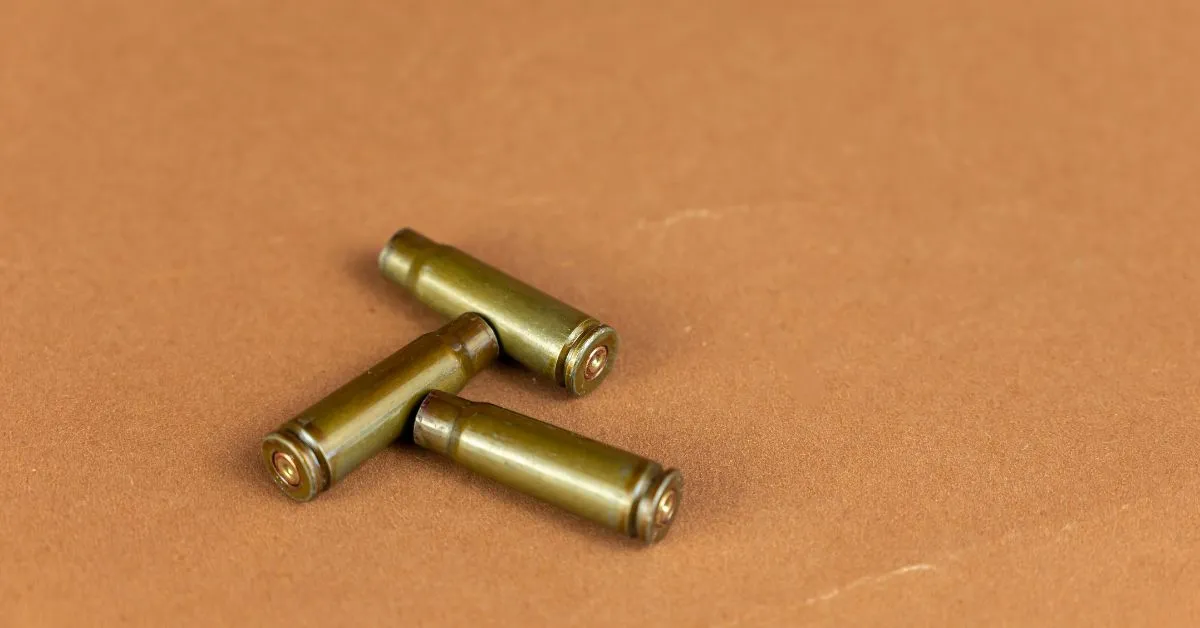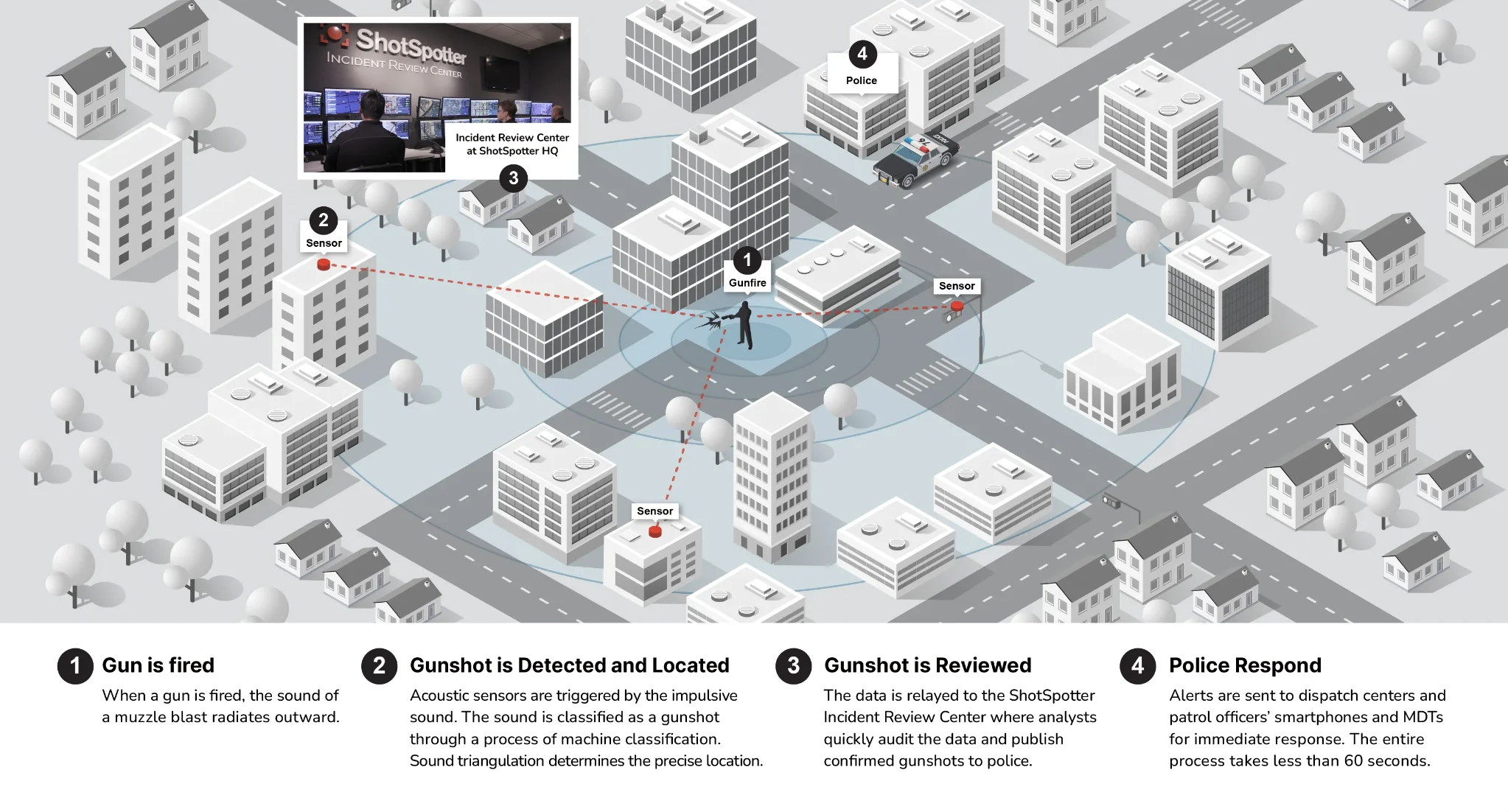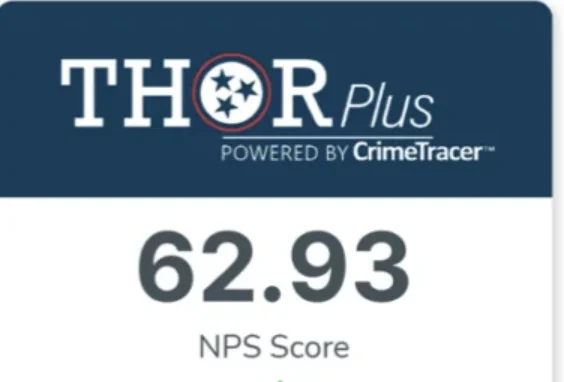Before we determine effective ways to reduce gun violence in the United States today, it’s important to look back at our nation’s history.
The History
In 1918, Gen. John T. Thompson had a problem. He had invented a handheld machine gun that would give America a combat advantage in the military trenches that defined World War One. His firearm was nicknamed the “trench broom” for its ability to sweep away enemy soldiers. Unfortunately for Gen. Thompson, the war ended before he brought his weapon to market, so the military was no longer a viable customer. He turned, instead, to the civilian market.
Thompson advertised his submachine gun (so-called for its use of handgun ammunition) as an ideal choice for guarding livestock on ranches or for home defense. Originally called “The Annihilator,” the restyled “Thompson Submachine Gun” was sold in local hardware stores. The firearm was prohibitively expensive for most customers—but not for the organized crime figures that would make the ‘Tommy Gun’ infamous.
The Law
In 1920, there were no federal gun laws and violent crime surged during Prohibition. Gangsters battled each other with machine guns in the streets of Chicago and other major cities. Prohibition was repealed in 1933, but organized crime persisted.
In 1934, Congress passed the National Firearms Act (NFA) to control the threat posed by machine guns and other ‘gangster’ weapons, like short-barreled shotguns and silencers. The law was later extended to cover devices that convert semi-automatic firearms to fully automatic: ‘machine gun conversion devices.’
The law was incredibly effective and by the end of the 1930s, machine guns were rarely used in crimes. That lasted for about 80 years.
The Modern Threat
In 2019, agents from the Bureau of Alcohol, Tobacco, Firearms and Explosives (ATF) and the Department of Homeland Security began recovering illegal machine gun conversion devices imported from China. Soon, they would also be printed on 3D printers.
Under the NFA, the devices themselves—small, innocuous-looking, inexpensive, easy-to-install switches—are illegal, even when not installed on a firearm. However, when installed, they convert a semi-automatic pistol into an illegal, fully automatic machine gun capable of firing dozens of rounds in just a few seconds.
The threat these illegal machine guns pose is real. They have been used to murder police and have also shown up in mass shootings.
The Data
ShotSpotter® is used in more than 125 cities—including 35 of the top 50 U.S. cities—to detect, respond to, and investigate gun crime. The prevalence of ShotSpotter has allowed SoundThinking to accumulate large amounts of useful data on the gun violence that afflicts America.
In addition to immediately identifying and locating the sound of gunfire, ShotSpotter can also distinguish automatic gunfire from semiautomatic gunfire.
The machine gun violence of the 1920s was largely isolated to major cities like Chicago but times have changed. While a few cities still account for most of the automatic gunfire incidents, between January 2020 and June 2022, SoundThinking alerted law enforcement to automatic gunfire in 80 percent of the cities using ShotSpotter.
Not only is the issue widespread, but it is also increasing. Consistent with the recovery of illegal machine gun conversion devices by authorities, ShotSpotter began to detect significant increases in automatic gunfire in 2020. By 2021, ShotSpotter detected over 5,600 full-auto incidents, involving more than 57,000 rounds fired. That was a 200 percent increase over 2020 and the number of incidents is on pace to be even higher in 2022.
CNN recently ran a segment on the rise of automatic gunfire that can be found here.
The Police Response
As they explore ways to reduce gun violence, law enforcement must prioritize addressing the proliferation of illegal machine guns.
Identify the Problem
- ShotSpotter includes a free tool for customers called InSight that can be used to review single incidents detected by the system and can also be used to analyze aggregate data about gunfire. It can help identify trends, such as areas where automatic gunfire occurs most often and the times when it occurs most frequently to plan staffing and deployments accordingly.
Create a Response Plan
- Prioritize responding to ShotSpotter alerts that involve automatic gunfire. Quick response to an alert often leads first responders to gunshot victims and they can render lifesaving aid to them. With the indiscriminate ‘spray’ of machine gun fire, these victims may often include innocent bystanders.
- Have specially trained personnel available that can accurately identify illegal machine guns. This includes being able to recognize illegal machine gun conversion devices even when they are not installed on a firearm. To the untrained eye, they look like little more than a trinket. They may be concealed on necklaces or easily overlooked when searching a suspect’s pocket.
- Establish a strong relationship with ATF, the federal agency with primary responsibility for enforcing the NFA. ATF may also provide basic training to first responders on how to identify machine guns and important investigative steps necessary to preserve vital firearm-related evidence. ATF’s firearm experts can also conduct technical examinations necessary for the successful prosecution of offenders.
- Use trained personnel to preserve and collect firearms and other ballistic evidence, like casings left behind by shootings. Some federal violations involving machine guns may result in minimum sentences of 30 years or life. That is more time than many defendants will receive for murder. Treat the evidence accordingly.
Relentless Investigative Follow-Up
- Give high investigative priority to crimes where use of a machine gun is suspected.
- There is incredible investigative value in the ballistic evidence left behind, like all the casings scattered around after a shooting involving a machine gun. Have a plan for comprehensively collecting it and submitting it to ATF’s National Integrated Ballistic Information Network (NIBIN).
- Comprehensive crime scene processing may seem unrealistic when alerts come in during the busiest, darkest hours of the night, especially when there is no evidence anyone was hit by the gunfire. Create protocols to use trained civilian evidence technicians to systematically follow up on ShotSpotter alerts the next morning when conditions make the comprehensive search for casings safer and more likely productive.
- Train investigators to understand and use the tools of Crime Gun Intelligence, including NIBIN, firearms tracing, and layered intelligence. Consider using CrimeTracer™ to generate leads and CaseBuilder™ Crime Gun to process, prioritize, and track those investigative leads. SoundThinking’s Forensic Services team can recommend best practices for using data, evidence, and other sources of Crime Gun Intelligence to solve these crimes.
- Work collaboratively with prosecutors, who can provide valuable insight and support to these unique prosecutions. CaseBuilder Crime Gun can also be used to share investigative data and evidence with the entire investigative/prosecutorial team.
The Prosecution
Prosecutions involving machine gun violations also require special considerations.
Aggressively Prosecute Illegal Machine Gun Crimes
- Just as cases involving machine guns must be given high investigative priority, they must also be given a high prosecutorial priority. Offenders willing to use a machine gun to commit violence pose a grave threat to public safety and must be held accountable.
Understand Unique Legal Requirements
- In Staples v. United States, the Supreme Court held that prosecution for possession of an illegal machine gun under the NFA requires proof that the possessor knew the firearm was a machine gun.
- Such proof may be obtained a variety of ways, including through suspect admissions or evidence that the suspect previously fired the fully automatic firearm.
- Audio recordings from ShotSpotter alerts can also provide valuable evidence that a firearm was fired in fully automatic mode. A ShotSpotter Detailed Forensic Report is a court-admissible analysis of a shooting incident captured by the ShotSpotter system and produced by an expert forensic engineer. It can provide critical evidence of how, when, and where the shooting incident occurred.
Prepare for Expert Testimony
- Prosecution of machine gun offenses will likely require the introduction of expert witness testimony, including from a firearms technology expert who can confirm that the weapon met the legal definition of a machine gun.
- If a ShotSpotter Detailed Forensic Report or audio recording will be used at trial, prosecutors should prepare to defend a Frye or Daubert challenge to the admissibility of the evidence. SoundThinking’s Forensic Services team can assist.
The Community
Ultimately, police and prosecutors exist to protect the communities they serve, and gun violence—especially machine gun violence—can have immediate and devastating effects on those communities. While focused investigations and comprehensive prosecution are vital for effectively addressing the spate of illegal machine guns, sometimes the best approach is to work with the community.
- Just as InSight can analyze aggregate data about gunfire to help inform where to deploy police resources, it can also be used to identify those places most in need of community resources, like investments in infrastructure and social outreach.
- Consider engaging with community support groups and sharing the valuable information police glean from InSight with groups who can use it to know when and where they should focus their outreach.
The Bottom Line
The criminal misuse of firearms is corrosive. It shatters lives, destroys families, and ripples through communities. It costs American cities billions in government spending and lost prosperity. The true cost, though, is immeasurable, and when it involves illegal machine guns, the damage is truly destructive. With effective police response, relentless investigative follow-up, and aggressive criminal prosecution we can reduce this threat and make America safer.




